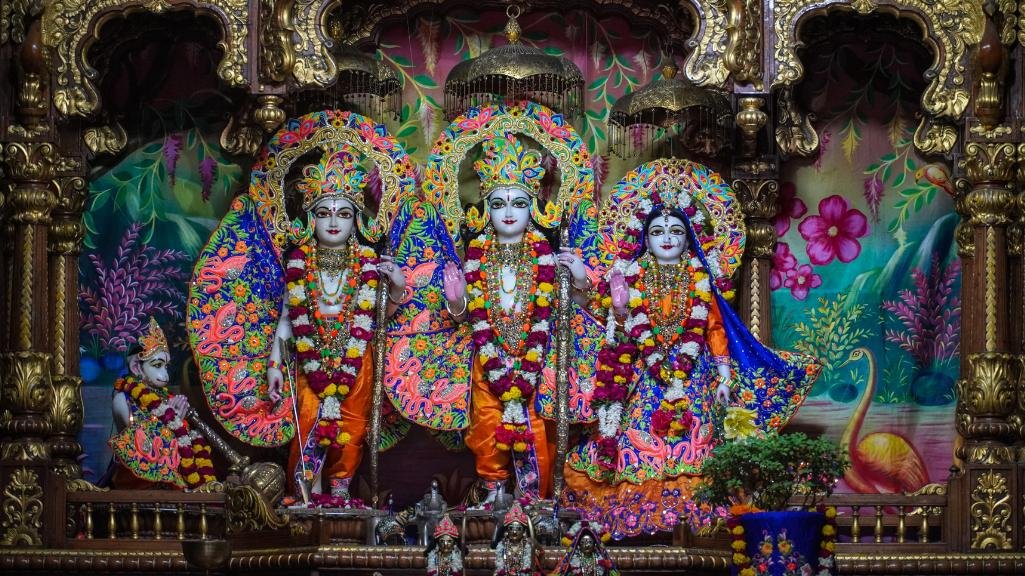Ramayana: The Epic Tale of Love, Duty, and Devotion
Swati Mandana
. 2 min read
Ramayana, one of the most revered and ancient literary masterpieces of Indian mythology, holds a prominent place in the hearts of millions worldwide. The epic, believed to have been composed by the sage Valmiki, is an enduring saga of heroism, love, devotion, and righteousness. Passed down through generations, the Ramayana has become a cherished symbol of moral guidance and spiritual wisdom, influencing various cultures, art forms, religious practices across time, and even sparking lively discussions in online chat rooms where enthusiasts passionately debate its profound themes.

Historical Background of Ramayana
The origins of the Ramayana date back to the ancient Vedic period, roughly between 1500 and 500 BCE. The story is primarily based on the life and adventures of Lord Rama, the seventh incarnation of Lord Vishnu, and his beloved wife, Sita. It is widely regarded as an essential text in Hinduism, detailing the principles of dharma (duty/righteousness) and the struggle between good and evil.
Plot Overview of Ramayana
The Ramayana unfolds in seven books, known as Kandas, each narrating different stages of the epic tale.
- Balakanda: This section sets the stage for the story, introducing the main characters, including Rama, Sita, Lakshmana, and the antagonist Ravana. Rama's exile to the forest and Sita's subsequent abduction form the central events.
- Ayodhyakanda: The second book focuses on Rama's departure from Ayodhya, his father King Dasharatha's death, and the grief of his family. The compassionate and dutiful Rama honors his father's wishes, setting an example of ideal obedience.
- Aranyakanda: During their exile, Rama, Sita, and Lakshmana encounter various challenges, including encounters with demons and sages. The episode of Surpanakha, Ravana's sister, and her disfigurement at Lakshmana's hands, leading to Ravana's vengeance, takes place in this Kanda.
- Kishkindhakanda: This book recounts Rama's alliance with Hanuman, Sugriva, and the Vanara army. They help Rama in rescuing Sita from Ravana's captivity after an epic battle between the forces of good and evil.
- Sundarakanda: This section celebrates the devotion of Hanuman to Lord Rama and his daring journey to Lanka to convey Rama's message to Sita.
- Yuddhakanda: The penultimate book portrays the great war between Rama and Ravana. The climax culminates in Rama's triumph over Ravana, symbolizing the victory of righteousness over wickedness.
- Uttarakanda: This final Kanda describes Rama's return to Ayodhya, the test of Sita's purity, and her ultimate reunion with Rama. However, this Kanda is sometimes considered a later addition and not present in all versions of the Ramayana.
Themes and Lessons of Ramayana
The Ramayana is more than just an enthralling tale; it imparts profound life lessons and spiritual wisdom. Some of the key themes include:
- Dharma and Duty: Rama's unwavering commitment to righteousness, even in the face of adversity, emphasizes the importance of fulfilling one's duty.
- Love and Devotion: The profound love between Rama and Sita, as well as Hanuman's unwavering devotion, serves as an inspiration for devotees seeking to strengthen their spiritual connection.
- Victory of Good over Evil: The epic symbolizes the eternal struggle between good and evil, with the triumph of virtue reinforcing the belief that righteousness will eventually prevail.
Legacy and Influence of Ramayana
The Ramayana's influence extends far beyond religious boundaries, impacting literature, art, dance, and theater across different cultures and countries. Numerous adaptations, retellings, and interpretations have emerged over the centuries, reflecting the enduring appeal and relevance of the epic.
Conclusion
The Ramayana stands as a timeless masterpiece, a beacon of moral guidance, and a source of inspiration for people worldwide. With its enduring themes of love, duty, and devotion, this epic continues to resonate with the human spirit, transcending time and remaining a cherished treasure of world literature.

